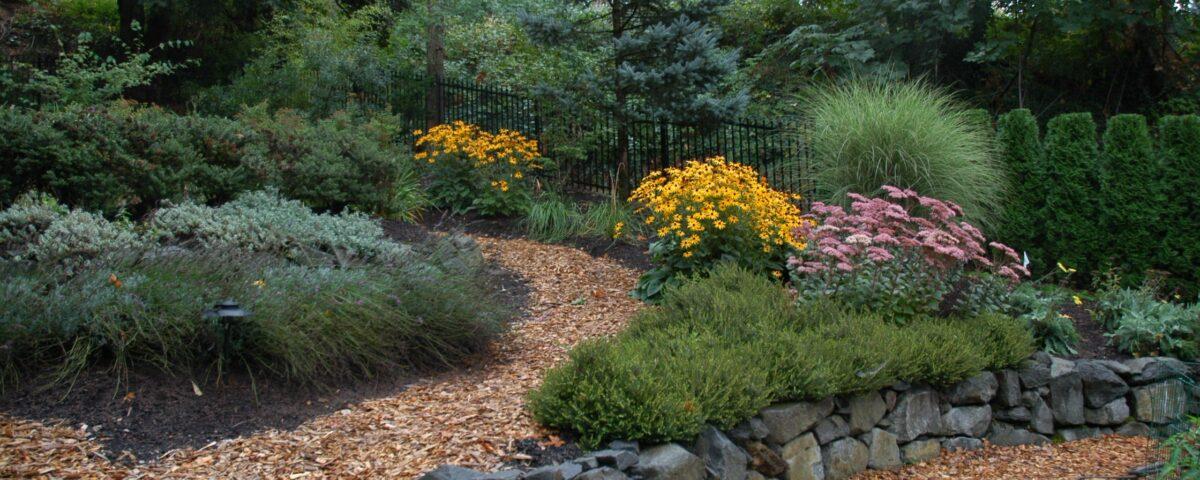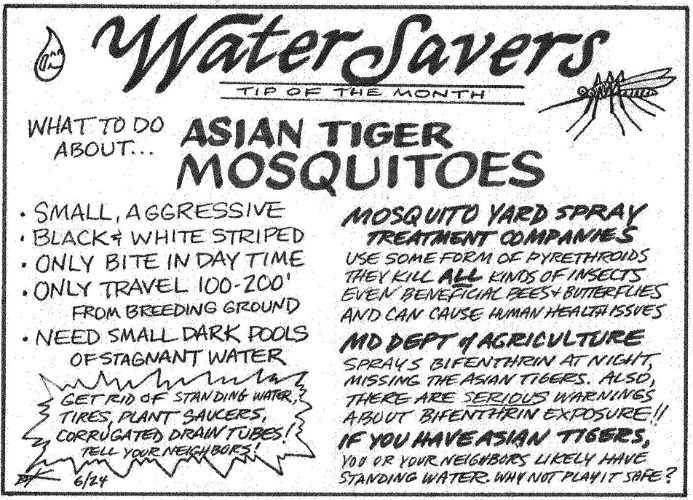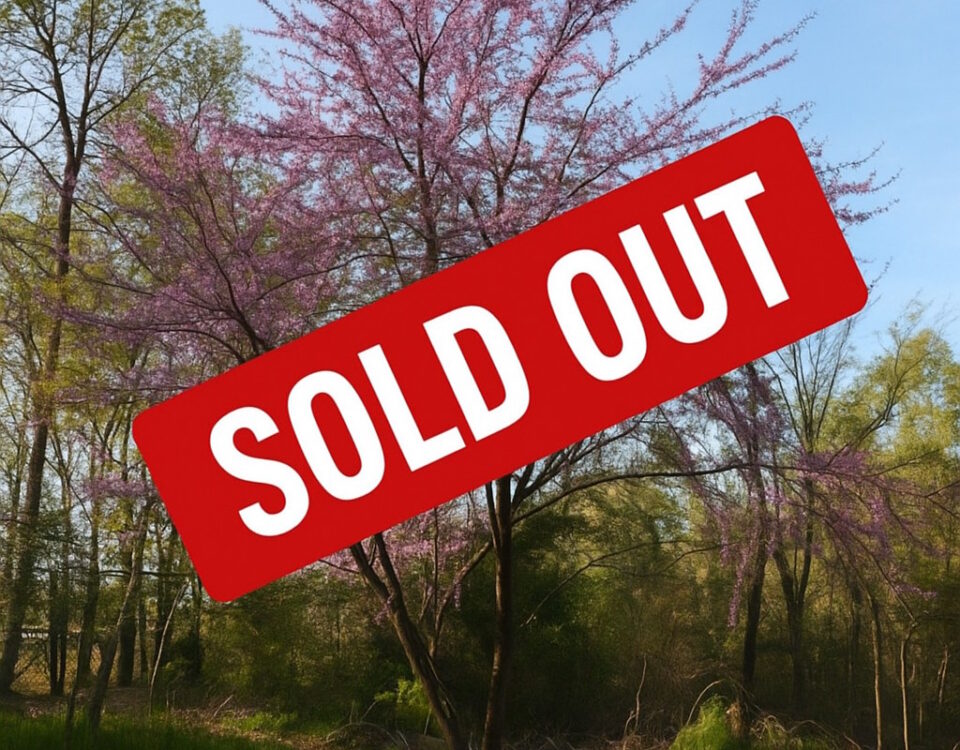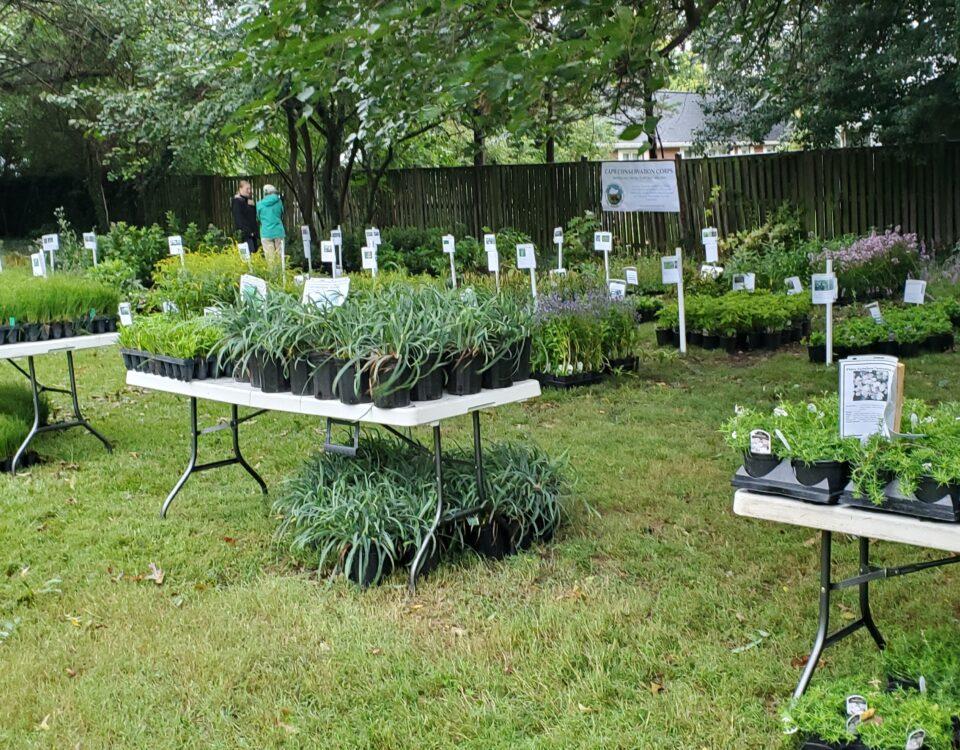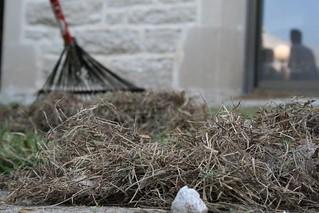
Stop! Drop that Rake!
March 25, 2023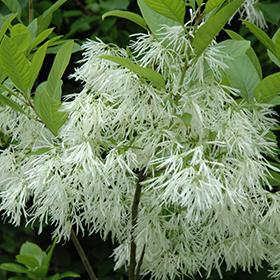
Understory Trees
April 19, 2023By: Stacey Wildberger
The need, if there ever was one, for sweeps of massive lawns has passed. The lawn does nothing to support wildlife, it harbors ticks and quite frankly is not appealing to the eye. Why spend countless hours and hundreds of dollars tending to this vast wasteland when you could be enjoying the recreational spaces our community has to offer. On the water, in the parks, strolling the paths created by our volunteers.
There are some reasons to have lawn, maybe an area for the kids to play or the dog to do his business but we can commit to removing at least 50% of the turf on our property and replace it with native shrubs, ground covers, and flowering pollinator plants! These native plants that have co-evolved with our local fauna will provide habitat, food and nesting areas.
There are a few things to consider before ripping up your entire yard without a plan. Start small, don’t bite off more then you can manage each year or season. Plan to have some walkways of grass or mulched paths connecting the gardens. Use “cues to care” to make it look intentional. A metal statue or art piece to break up the area and draw your eye. A bench to sit and ponder life. A bird bath adds to habitat you are creating and also provides another place to rest your eyes. A winding path with an arbor in the distance invites you to see what’s around the corner.
Using smaller plants in the front yard (less than 36”) makes it look less “messy or wild” to the passer by and using the back yard for a messier space. As the famous 80’s hairstyle says, “business in the front, party in the back”.
Have you heard the saying “No Mow May”? in which for the entire month of May you don’t mow your lawn? The idea being that you are allowing insects to use your yard for emerging, foraging and nesting. Allowing plants to volunteer. You may think I’d be encouraging this practice, but I ask you NOT to do this as it really only encourages undesirable, often invasive plants to fully establish and take over. It will upset your neighbors as there is not order to the chaos. Instead, it should show intention in the removal of the lawn and thoughtfulness in adding native plants.
Signage can also show intention, they can educate your neighbors and passerby’s that you are using “naturescaping’ to support local floral and fauna. Who doesn’t want to attract beautiful butterflies, bees and other pollinators to our yard? Your natural yard can be appealing and functional to the creatures that need natural areas. Without them, humans could not exist!


